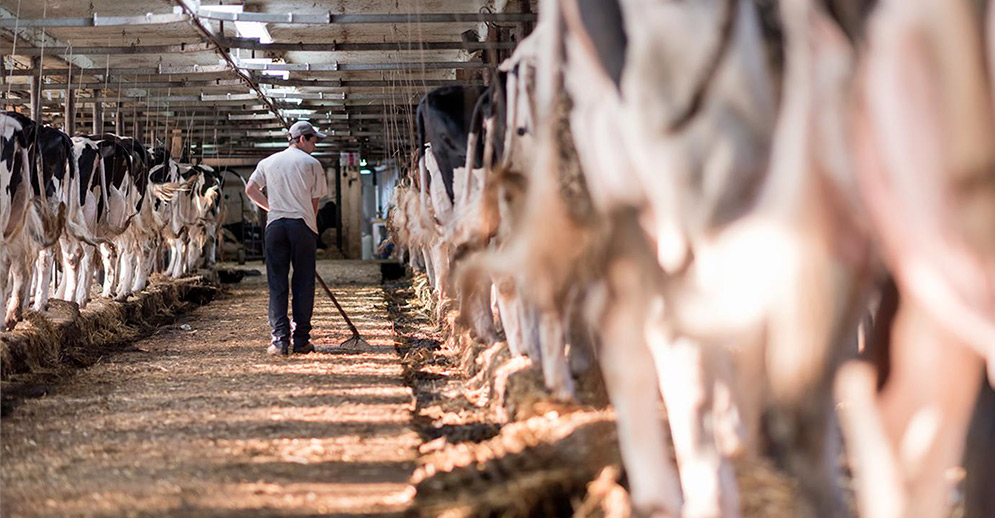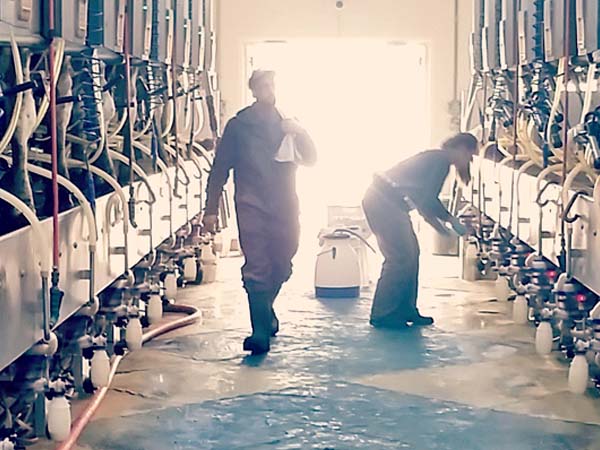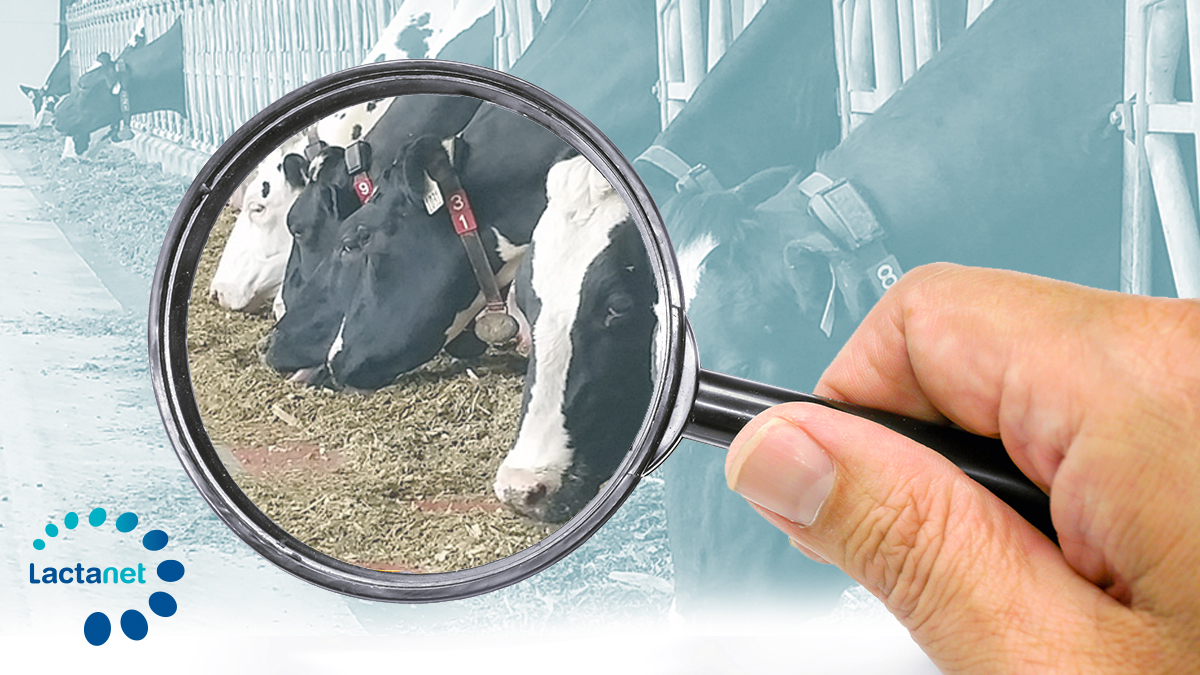Is there a sure-fire strategy for maximizing the profitability of a dairy farm?
- August 14, 2020
We have a tendency to seek out THE secret to success or THE most successful strategy. And that’s true whether we’re talking about love, sports or business! In agriculture, different schools of thought are debated among producers, particularly on social media. Some advocate tightly controlling spending, aiming for the lowest production cost possible. Others focus more on the technical performance of the herd. In some cases, success may even be attributed to a particular brand or colour! Can a specific management style really guarantee greater profitability?

I generally use data from Quebec farms in my analyses. This time, however, I suggest that we review the latest Northeast Dairy Farm Summary, a report published each year by Farm Credit East (FCE). It is very interesting to see how farms are managing in the northeastern United States, where the climate is comparable to ours but the marketing system is very different.
What management style are the most profitable farms using?
In its 2019 report, FCE presents, among other information, technical and economic data from the most profitable operations (top 25%) by management style. Could it be that there is more than one winning formula for success?
Indeed, among the 67 producers in the top profit group, five main management styles were identified, based on a dominant characteristic:
- Great with Cows (milk sold per cow)
- Labour Efficient (milk sold per worker)
- Better Milk Price
- Tight with a Buck (tight control over costs)
- Balanced (good all around)
The table below reproduces the data from Figure 15 in the FCE report, but converts the information to units used in Canada to facilitate comparisons. Cow productivity is expressed in kg of milk, output per worker in hl/FTE, and financial performance in Canadian dollars.
Table 1: Management styles observed in the top-profit group (top 25%)
Great with Cows | Labour Efficient | Better Milk Price | Tight with a Buck | Balanced | |
| Number of farms | 14 | 23 | 5 | 16 | 9 |
| Average number of cows | 452 | 887 | 435 | 79 | 289 |
| Milk sold per cow (kg) | 13 200 | 13 175 | 11 340 | 10 970 | 11 360 |
| Milk sold per worker (hl) | 5399.3 | 7666.8 | 4893.2 | 4282.9 | 4717.7 |
| Net cost of production (Can$/hl) | 54.76 | 51.63 | 59.16 | 42.65 | 55.12 |
| Milk price received (Can$/hl) | 58.90 | 59.70 | 62.95 | 57.20 | 58.25 |
| Net earnings per cow (Can$) | 1 060 | 1 045 | 910 | 1 075 | 940 |
| Net earnings per hl (Can$) | 8.28 | 8.20 | 8.28 | 11.05 | 8.55 |
| Return on assets (%) | 6.9 | 8.1 | 7.5 | 5.4 | 6.0 |
| Net worth (%) | 74 | 74 | 79 | 79 | 76 |
Adapted from Figure 15 of the 2019 Northeast Dairy Farm Summary
Management before herd size!
Interestingly, the group of most profitable farms included herds of all sizes. Yet another table in the report shows that the larger herds posted higher net earnings per cow after owner draw. What does that tell us? It indicates that although the smaller herds don’t benefit from the same economies of scale as the larger herds, some of them nonetheless manage to maintain a good financial margin.
So what’s the secret of greater profitability?
By looking at the characteristics of the farms in the top profit group, we can try to identify the key factor that would make all the difference.
- Is the average 79-cow herd that brings in $887 per cow per year better than the 289-cow herd that brings in $709 per cow per year?
- Is a low production cost really advantageous if a large share of the savings is due to the rate of pay for family labour?
- Is a high rate of return on capital more important that a good milk price?
- …?
These questions and countless others could be debated at length, but the fact remains that all of these farms are more profitable than the average. And if that is the case, it is no doubt because in addition to their individual management styles, the managers of these operations pay close attention to all the other aspects of management as well. For example:
- On farms run by the Great with Cows managers, the bank account is not an “open bar”;
- The Labour Efficient managers never accept a milk price below the average;
- The Tight with a Buck types also target high herd productivity, producing nearly 11 000 kg/cow. As long as the money is well spent!
Ultimately, the important thing to remember is that each management profile has strengths that all producers can use as inspiration and adapt to their own needs, to continue to increase the profitability of their operations. In other words, each farm has its specific objectives and a strategy for attaining them, in pursuit of the common aim of profitability.
And profitability is what we’re striving for to achieve our dreams and appreciate the work we do as dairy producers. Is that not the secret to success?











